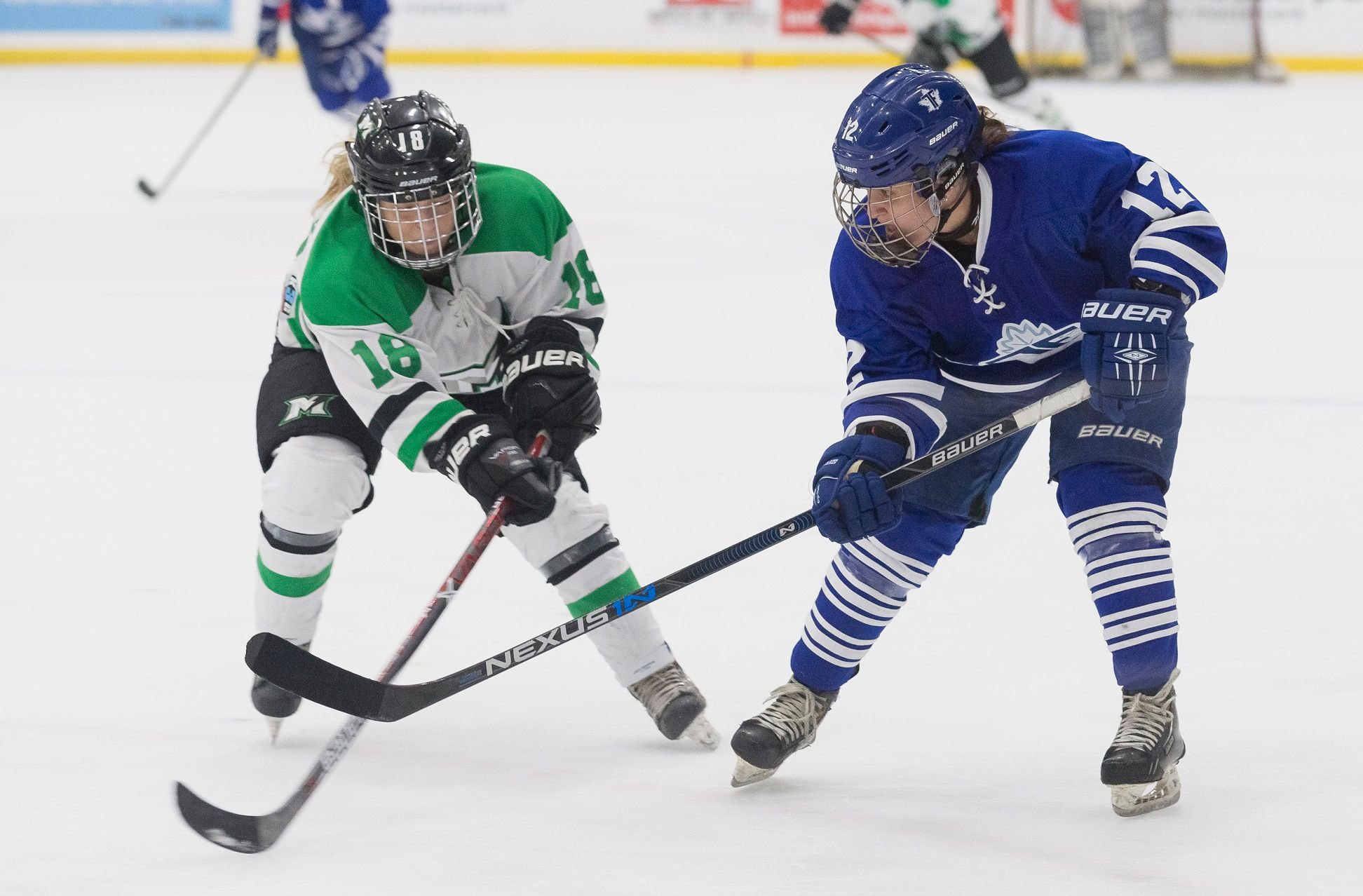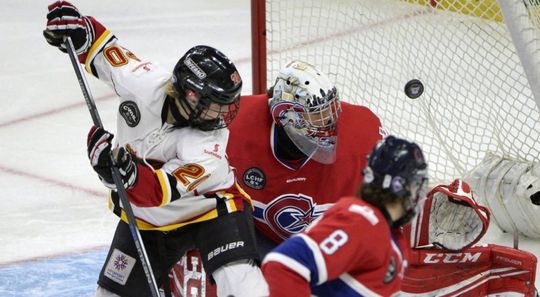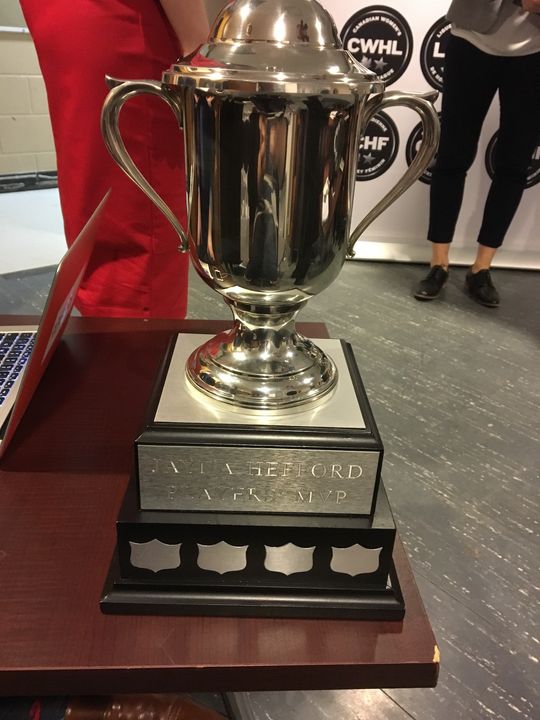Registration for the 2018 CWHL Draft opened on June 1, with one major format change announced: Between July 1 and August 17, general managers will be able to pre-sign their first- and second-round draft selections.
The motives behind this move are likely an attempt to maintain the league's presence in the women's hockey news cycle throughout the summer, and to enable teams to promote their star recruits at local events. These are undoubtedly positives that will provide some momentum heading into the draft and the season itself. Summers in past years have primarily consisted of watching the prospects list and speculating as to where players may wind up based on any number of factors; the pre-signing option provides something concrete, and has the potential to draw folks' attention further down the depth chart.
The new format also, however, changes the distribution of the top 14 players from a draft to something more akin to (reverse-)restricted free agency. While teams will only be allowed to sign prospects in accordance with the number of picks they have in the first two rounds, the draft order becomes irrelevant. Per the league, a prospect will be free to pre-sign with any team that she can reach an agreement with. As in past years, prospects are able to change their designated acceptable locations up until 12:00 AM on August 24; they are welcome to make changes in order to accommodate pre-signing transactions. According to the league, "our Draft remains designed to provide players with the power of choice over mandating where they must play."
Practical Effects
Montreal traded its 2018 first-round selection (along with several other draft picks) to Toronto in exchange for Erin Ambrose this past season. That means that Les Canadiennes will be able to sign just one prospect during the pre-signing window, while the Furies will be able to sign three. All other teams have two selections.
The CWHL draft order is the inverse of the regular season standings. Because Toronto has three picks and the Markham Thunder finished the season in fourth place, the impact of disregarding the draft order is less severe than it could have been. It's not hard to imagine an alternate universe in which the reigning Clarkson Cup champions finished first overall in the regular season and the Furies finished sixth without picking up that extra first-rounder; in that case, Toronto, by losing its priority, would've been majorly disadvantaged by the change.
The Greater Toronto Area nonetheless remains the area where the new format will likely have the most impact, since it's the only market with two entirely separate franchises operating from a shared player pool. Whereas a standard draft format would give Toronto the first choice of GTA prospects, the pre-signing option opens up the opportunity for Markham to snag a player who may otherwise have been out of reach. When it comes to recruitment, the Thunder, coming off a championship season, certainly seem to have an edge.
While player compensation details will not be revealed until closer to the draft, stipends could also potentially factor into the negotiations. Even with limited pay, if prospects are able to negotiate compensation, we could see some unexpected movement.
By eliminating the draft order within the first two rounds, the new format provides fewer protections to bottom-placing teams. Instead, it offers top prospects increased autonomy as they begin their professional careers. It also requires general managers to take a more active role in recruitment, as they cannot rely on players simply falling to them.
This past season was the first where GMs were paid for a full-time role, and the pre-signing format will further challenge them to build their teams into organizations that prospects want to play for.
(Photo credit: Chris Tanouye/CWHL)







